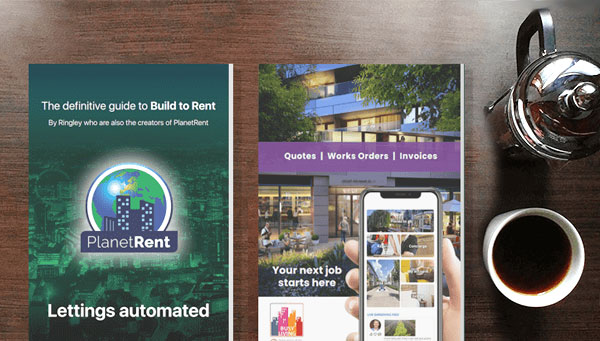 Lee Harle 07/07/2025
Lee Harle 07/07/2025
 2
2
 0
0
Time for UK Small Business to embrace digital tax
A major change to the UK tax system will begin in April 2026. Sole traders and landlords with gross income over £50,000 must follow new rules under Making Tax Digital for Income Tax. This change is part of the government’s plan to boost economic growth by modernising tax reporting. Starting 6 April 2026, eligible individuals must maintain digital records and report income and expenses to HMRC quarterly.
Digital tax for UK Small Business effectively forces software licences onto traders
They must use approved software for their annual tax return. This system aims to enhance accuracy, reduce paperwork, and give taxpayers clear visibility of their obligations year-round.
Gross income is income before deductions. It includes earnings from self-employment and property, domestically and internationally. From April 2027, the threshold will decrease to £30,000, and by April 2028, to £20,000. Eventually, this will apply to most self-employed individuals and landlords.
Affected individuals must choose compatible software to create and store digital records, send quarterly updates to HMRC, and submit a final declaration by the January 31 deadline. Some may prefer a complete package, while others can use various tools for different tasks, as long as they meet all requirements.
HMRC encourages eligible taxpayers to join the pilot testing programme soon. This gives them time to learn how the new process works and receive support before it becomes mandatory. It also allows software providers to help users adjust their systems and improve before full rollout.
According to Landlord Today, over 30% of small UK landlords are selling up
A significant number of UK landlords are planning to sell their rental properties, with some data indicating that a substantial percentage are actively selling or considering selling in the coming year. Around a third of landlords (30%) reported selling or putting properties on the market in the past year, and a further 17% said they were considering reducing their portfolio. Some reports suggest that up to 40% of landlords may sell property in the coming year, according to Landlord Today.
Read more about this in our blog here
Progressive taxation of landlords out of the rental market
Section 24, Renter Reforms, end of Section 21, restrictions on rent reviews, end of mortgage income tax relief are just some of the measures that have driven landlords out of the market.
The argument for digital tax for landlords
Using digital tools for tax reporting has many benefits. Taxpayers can manage records more easily and spend less time searching for paperwork at the end of the year. They can also spot errors earlier, stay on top of income trends, and avoid surprises when their tax bill is due. The new process also helps prevent mistakes in calculation and record-keeping.
Quarterly reporting spreads the work over the year. This removes the pressure of completing a full return in one go and helps reduce the chance of missing information. It makes the system more accurate and gives a near real-time view of income and expenses.
This update follows the success of Making Tax Digital for VAT. That system began in 2019 and is now mandatory for VAT-registered businesses. It has helped over two million companies to reduce tax errors and improve efficiency. Those who joined early testing for VAT were better prepared when full digital reporting was introduced.
There will be no penalties for late updates during the test phase. This gives people time to understand the process and get support. Testing can occur during the 2024 to 2025 or 2025 to 2026 tax years.
Choosing the right software is key. Some tools link directly to online bank accounts or data capture apps. Others allow for manual entry. If you currently use spreadsheets or accounting software, you may be able to continue doing so by adding bridging software to connect with HMRC. The software must be able to manage all relevant income streams, including self-employment, UK property, and foreign property income. Some packages can also report other income, such as dividends or savings interest. It is important to check whether the software supports your specific needs.
If your accounting period runs from April to March, ensure the software allows calendar-based updates. This will help avoid timing problems when submitting quarterly reports.
Tax agents can help clients sign up for the test programme and find suitable software. It is advisable to begin preparations early to avoid delays or confusion next year. Around 780,000 people will need to follow these rules from April 2026, and a further 970,000 will be included by April 2027.
This marks the biggest change to Self-Assessment since 1997. It is designed to help individuals manage tax in a modern, efficient way and support wider economic goals.
FAQs
What is the threshold for Digital Tax submissions for landlords in April 2026
From 6 April 2026, all sole traders and landlords with gross income above £50,000 will be required to follow the new digital tax rules.
Can I still use spreadsheets for my financial records?
Yes, you can continue to use spreadsheets. However, you will also need bridging software that links your spreadsheet to HMRC’s digital system.
What are the benefits of Making Tax Digital for Income Tax?
The main benefits include saving time on admin, reducing errors in tax reporting, and gaining a clearer understanding of your finances throughout the year.





Meet our Expert Property Commentators



























